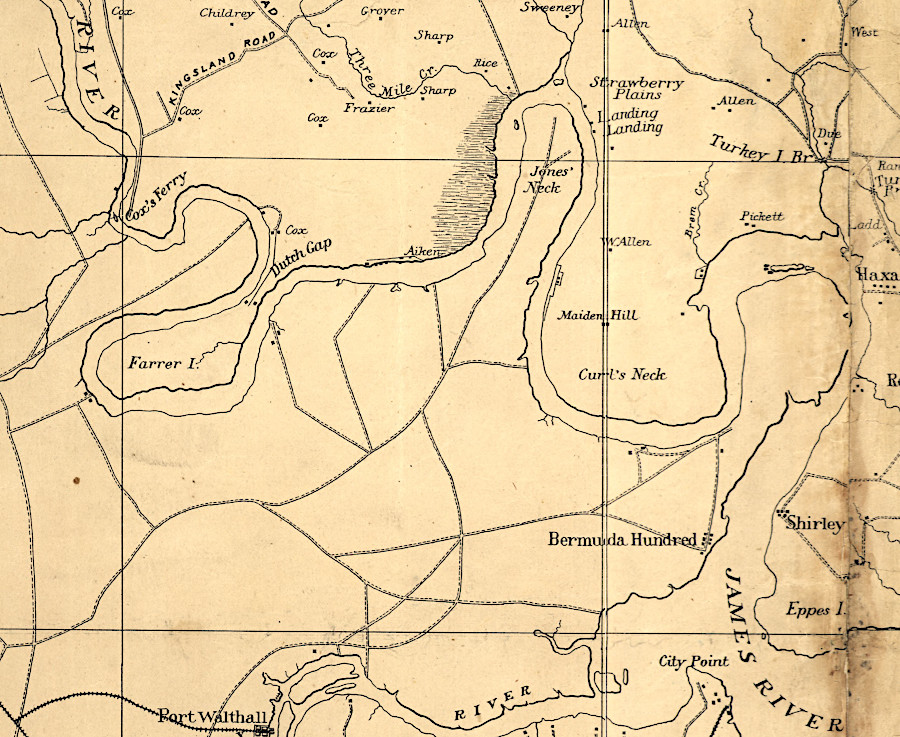
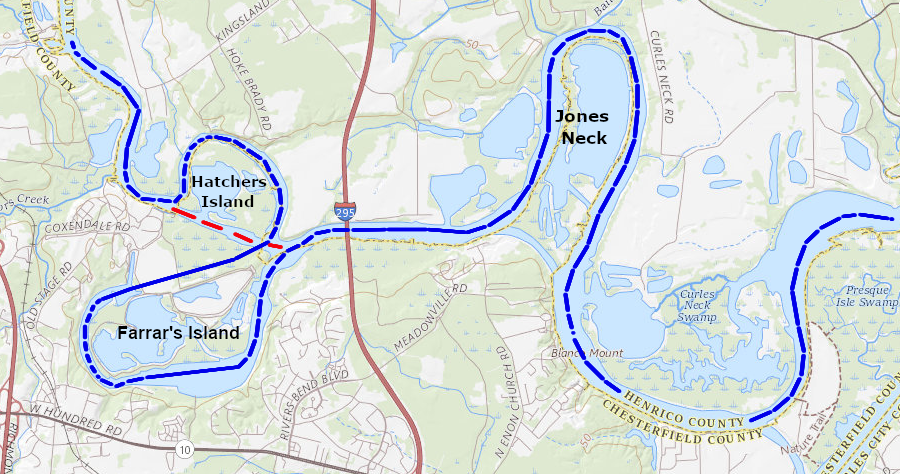
before canals were excavated as short-cuts, the James River shipping channel followed the blue line (Dutch Gap Canal/Aiken Swamp Cutoff is red line)
Source: Library of Congress, Central Virginia (1864); ESRI, ArcGIS Online


before canals were excavated as short-cuts, the James River shipping channel followed the blue line (Dutch Gap Canal/Aiken Swamp Cutoff is red line)
Source: Library of Congress, Central Virginia (1864); ESRI, ArcGIS Online
The first excavation at the site of the future Dutch Gap Canal was made in 1611, when the English colonists built a new town at Henricus. Sir Thomas Dale directed colonists to dig a ditch and erect a wooden wall (palisade) there.
The ditch next to the palisade was a defensive installation designed to block a Native American attack, not a transportation canal. After erecting the wall to isolate the settlement on the peninsula, the colonists built houses, a church, and a hospital known as Mount Malady. The new townsite chosen in 1611 was a better location for the Virginia Company to settle future colonists than the initial location chosen four years earlier at Jamestown, which was more exposed to a Spanish attack.
Sir Thomas Dale had learned the benefits of constructing fortifications with a ditch and wall while commanding soldiers for the States General of the Netherlands during the wars with Spain. He was recruited by the Virginia Company to leave that assignment and come to Virginia in 1611 for a three year tour of duty. Colonists referred to the ditch built for defense as the "Dutch Gap," giving a name to the peninsula that Dale chose for the site of Henricus.1
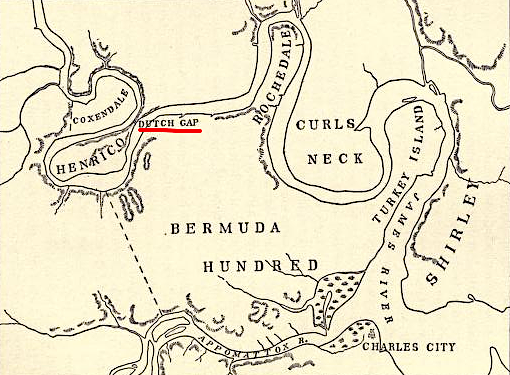
in 1611, Sir Thomas Dale had colonists excavate a ditch at the future site of the Dutch Gap Canal
Source: Thomas Jefferson Wertenbaker, Virginia Under the Stuarts, 1607-1688 (p.20)
The first effort to build a transportation canal at Dutch Gap occurred during the Civil War.
At the start of the 1862 Peninsula Campaign, Confederates were forced to abandon Norfolk and destroy the C.S.S. Virginia ironclad. To block the Union Navy from steaming up the James River and besieging Richmond, the Confederates fortified the bluffs on the southern shoreline with cannon that could sink vessels in the river. The Union forces could not force their way past the Confederate line of defense, the Bermuda Line.
In 1864, General Ulysses S. Grant led Union forces south on the Overland Campaign. Heavy losses outside Richmond at Cold Harbor made clear that he could not break through the Confederate trenches protecting the Confederate capital. He pivoted south of the James River and tried to capture Petersburg. Control of the railroads which passed through that city would allow Grant to cut off the supplies needed by the Confederate capital. The Army of Northern Virginia would be forced to move away from its prepared defenses, exposing General Robert E. Lee to much higher risk of defeat and capture.
Grant assigned General Benjamin Butler and his Army of the James the responsibility for landing on the Bermuda Hundred peninsula and advancing west to cut the Richmond and Petersburg Railroad, north of the Appomattox River. Confederate defenders reacted quickly and blocked his advance by constructing the defensive Howlett Line.
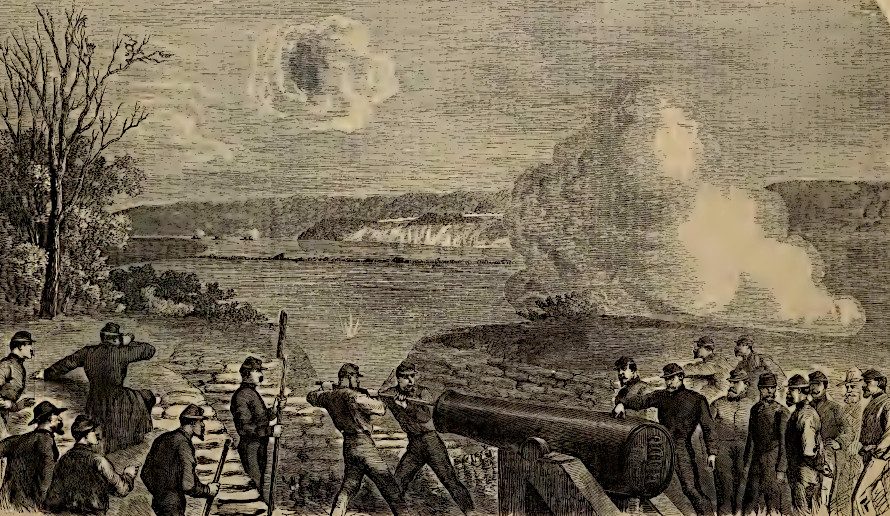
the Confederates shelled Union troops trying to build the canal at Dutch Gap
Source: Frank Leslie's Illustrated Famous Leaders and Battle Scenes of the Civil War, Howlett's Confederate Battery on the James River, VA shelling the Federal monitors and laborers on the Dutch Gap Canal (p.427)
Battery Dantzler, downstream of Drewry's Bluff and opposite Farrars Island, had a clear shot at Union Navy ships that would have to move slowly through the river bend. The Confederates successfully trapped General Butler's Army of the James between Petersburg and the James River like a "cork in the bottle."

Battery Dantzler was one of the Confederate fortifications blocking the Union Navy from moving upstream of Farrars Island
Source: Internet Archive Book Images, The photographic history of the Civil War: in ten volumes (p.98)
General Butler tried to bypass the defenses using a technique used by General Grant at Vicksburg. He planned to dig a canal at Dutch Gap, cutting off the narrow peninsula and creating Farrars Island. The James River meandered around the peninsula in what Virginia colonists had named the Seven Mile Loop. The planned canal would allow US Navy gunboats to bypass the Confederate's Battery Dantzler and get around the northern end of the Howlett Line.
Butler wrote to General Grant on July 28, 1864:2
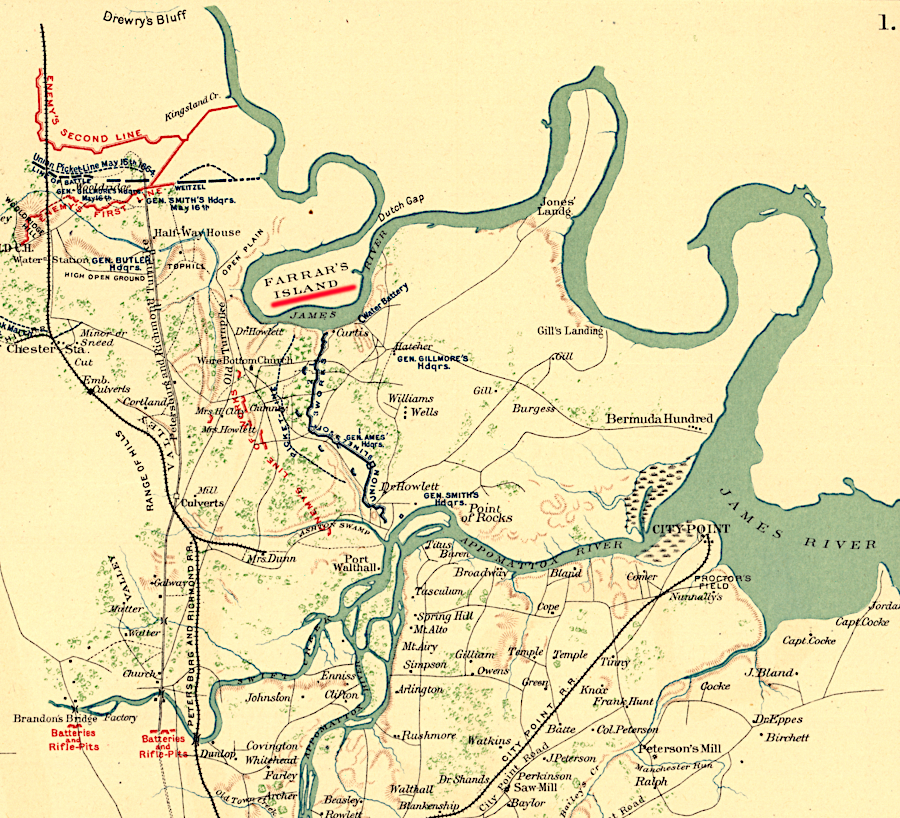
Union ships could reach City Point, but could not get pass the Confederate defenses upstream blocking access to Richmond
Source: Library of Congress, The War of the Rebellion: a compilation of the official records of the Union and Confederate armies (Plate LXV)
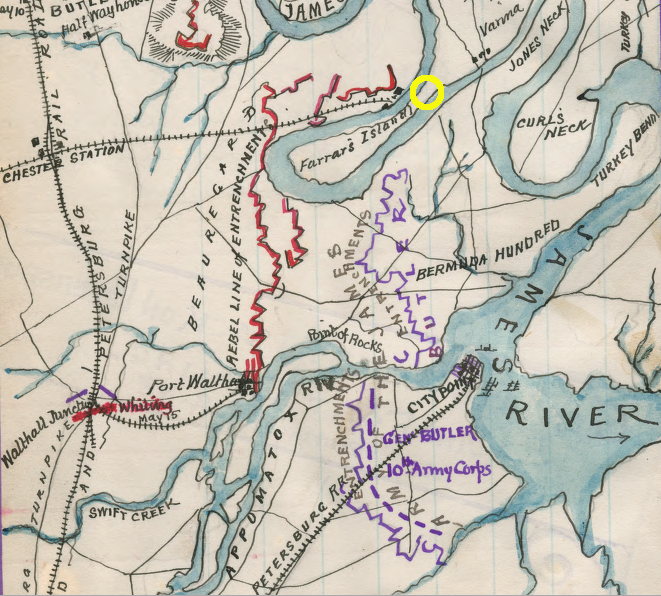
General Butler sought to bypass Confederate defenses along the James River by cutting a canal at Dutch Gap
Source: Library of Congress, Map of operations at Bermuda Hundred and Drewry's Bluff, Virginia, 10th May 1864 (by Robert Knox Sneden)
The gunboats required a channel that was at least eight feet deep. The bend of the James River upstream of Butler's line, curving around Farrah's Island, was only four feet deep. Gunboats passing through the canal could land Union troops and provide artillery support for their attack on the Howlett Line:3
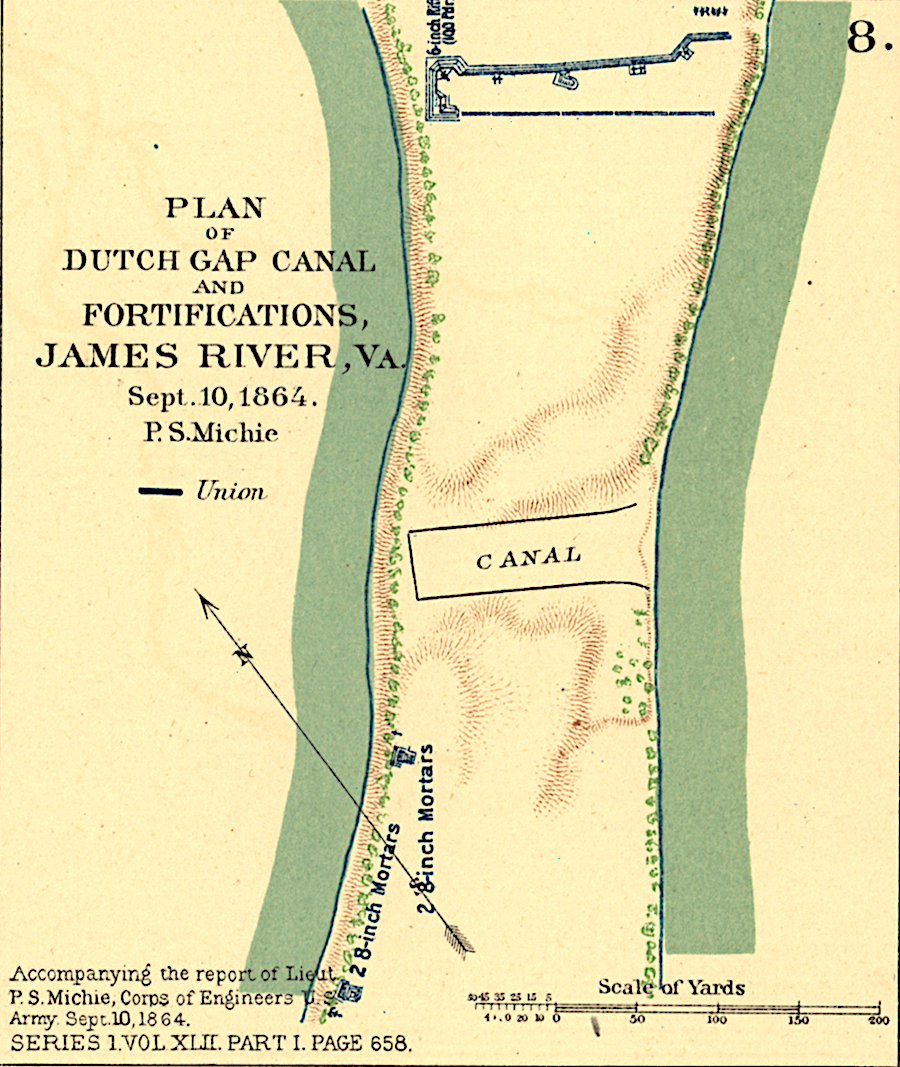
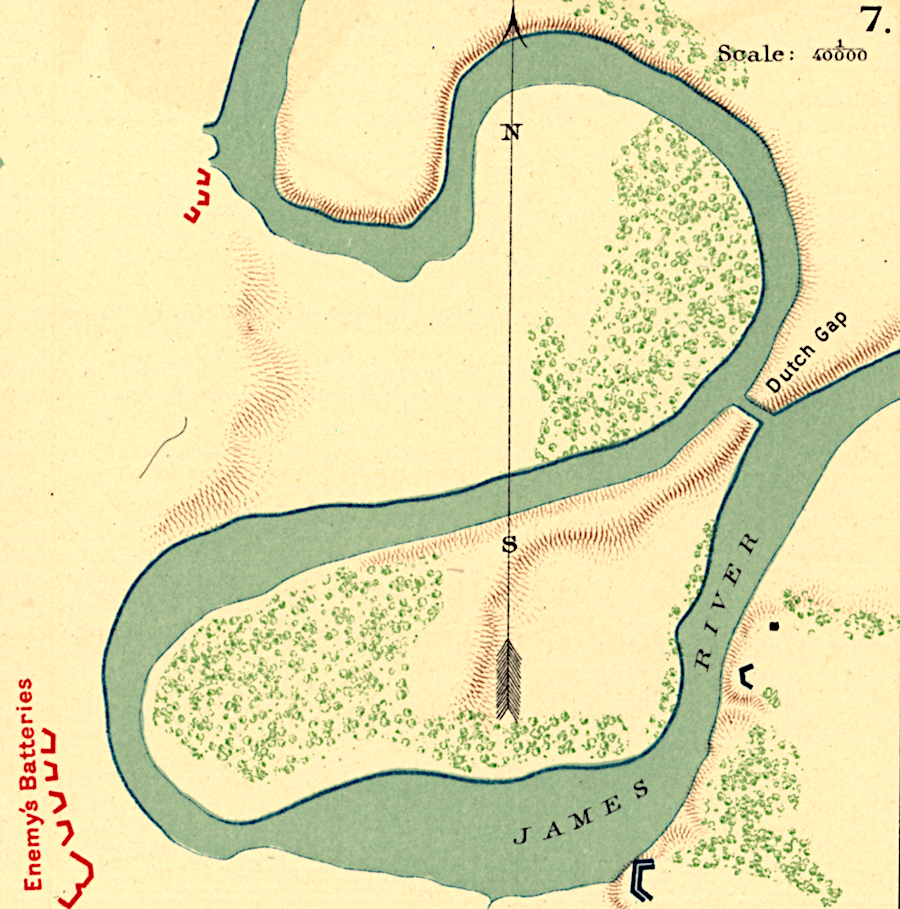
the Dutch Gap Canal was cut almost east-west through Farrar's Island, a tight bend in the James River
Source: Library of Congress, The War of the Rebellion: a compilation of the official records of the Union and Confederate armies (Plate LXV)
The time required to dig the channel eliminated any opportunity for surprising the Confederates before they adjusted their defense line. The major excavation project was done primarily by hand labor, with black powder used to reduce the size of rocks too large to move. The 116th and 169th New York volunteers, and the 4th, 6th, 10th, 36th, 38th, and 100th regiments of the US Colored Troops regiments were given the task.4
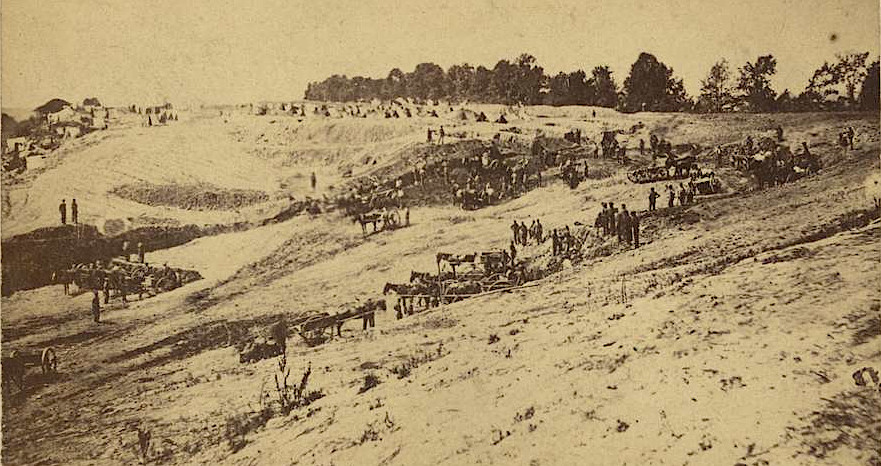
the canal at Dutch Gap was designed by Union Army engineers and excavated by black men
Source: Library of Congress, Dutch Gap Canal commencement of the work
The Union Army also forced local men who had formerly been enslaved to dig the canal. The laborers were rounded up at the point of a bayonet and required to work without pay. Years later, a paleobotanist would examine a fossil found in the walls of their ditch and identify one of the earliest flowering plants in Virginia. In 2013 he named the species of plant Potomacapnos apeleutheron. The species name "apeleutheron" was the Greek word for freedmen. The scientist explained:5


a 15-foot deep canal required excavating 67,000 cubic yards, with workers digging 31 yards deep at the north-west end and nearly 12 yards at the south-east ends
Source: Battles and Leaders of the Civil War, General Grant on the Siege of Petersburg (p.575); Library of Congress, The War of the Rebellion: a compilation of the official records of the Union and Confederate armies (Plate LXV)
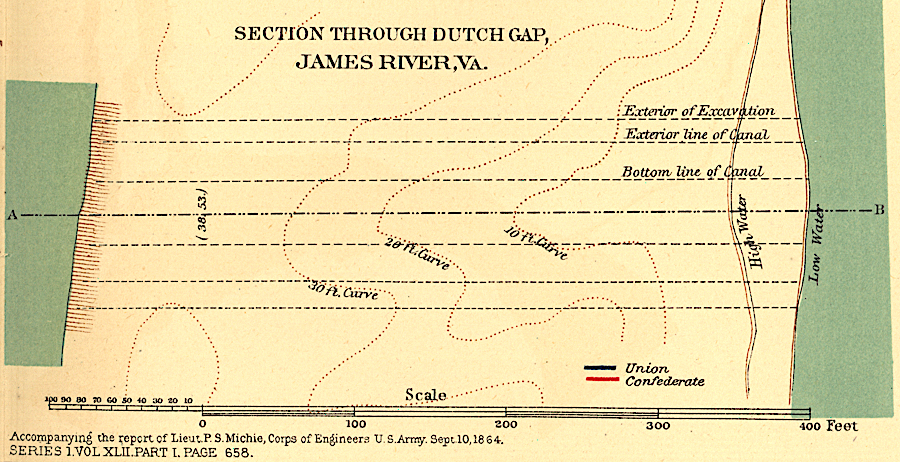
the excavation was 43 yards wide at the top, 27 yards at water level, and 13.5 yards at a depth of 15 feet below water level
Source: Battles and Leaders of the Civil War, General Grant on the Siege of Petersburg (p.575); Library of Congress, The War of the Rebellion: a compilation of the official records of the Union and Confederate armies (Plate LXV)
Butler's efforts failed in part because early steam dredges were not powerful enough to excavate the hard mud at Dutch Gap, and hand digging was slow. In January, 1865, the last remaining wall of dirt was blasted away. As the fuse was burning towards more black powder than had been packed into the mine which formed the Crater at Petersburg, white officers in the 116th Regiment of the US Colored Infantry realized the picket guard at the dam had not been withdrawn.
While others stood frozen in place, anticipating a blast at any moment that would kill the unaware soldiers, Lieutenant Walter Thorn raced on his horse to the bulkhead. He arrived in time, and was awarded the Medal of Honor for his bravery.6
The explosion blew dirt up into the air, and much fell back into the canal. The excavated channel remained too shallow to permit Union gunboats to sail upstream.
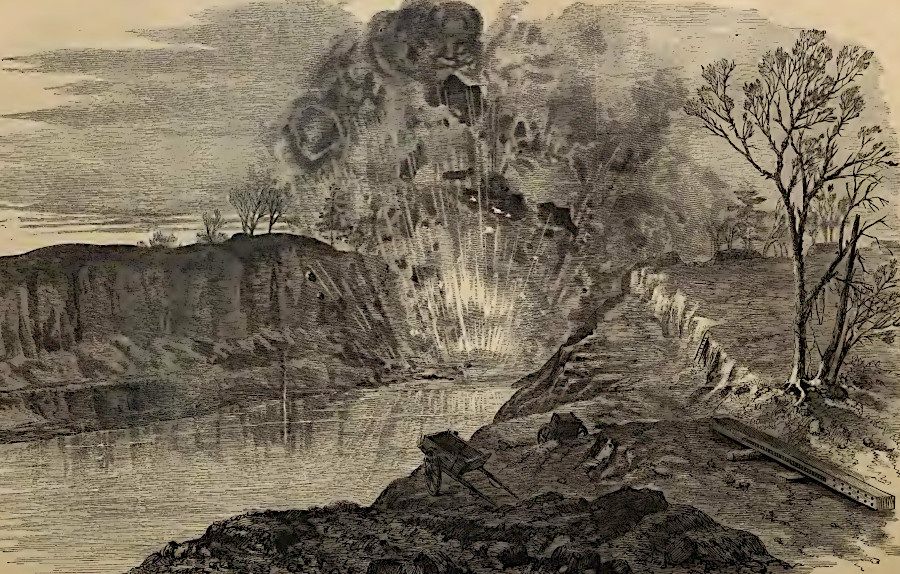
the Confederates shelled Union troops trying to build the canal at Dutch Gap
Source: Frank Leslie's Illustrated Famous Leaders and Battle Scenes of the Civil War, Howlett's Confederate Battery on the James River, VA shelling the Federal monitors and laborers on the Dutch Gap Canal (p.429)
When Richmond was finally occupied by the Union in April, 1865, shallow-draft Union warships used the natural channel of the James River to steam past abandoned Confederate fortifications; the Dutch Gap Canal was still impassible. Only later in April was the canal finally opened to shallow boats, after heavy rains increased the flow in the James River and it eroded through the unfinished canal.7
Dutch Gap has been the main channel for navigation ever since. With Federal funding, the canal was deepened in 1870. Lighthouses were installed at either end in 1875. Those two lighthouses were closed in 1918. The Dutch Gap Cut-Off light replaced them, and still flashes white every five seconds to guide ships through the canal.8
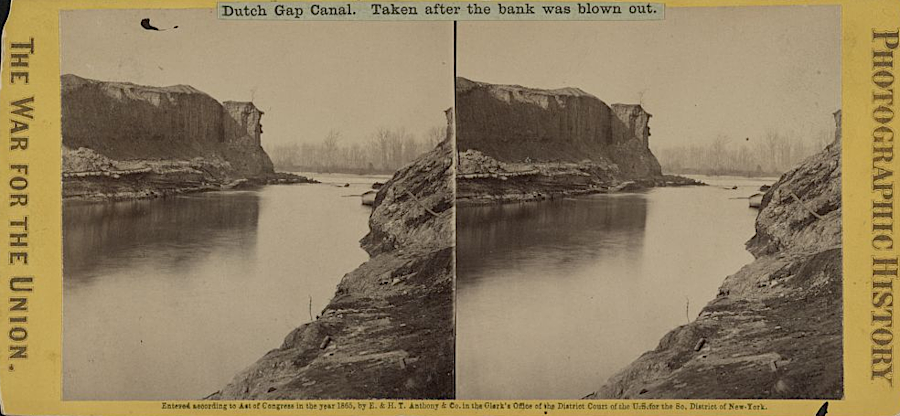
Dutch Gap Canal was opened to ship traffic after Richmond fell and the Army of Northern Virginia surrendered
Source: Library of Congress, Dutch Gap Canal. Taken after the bank was blown out
In 1870, the year Virginia was readmitted to the Union, the US Congress authorized dredging the James River shipping channel up to 16.5 feet below mean low water level. A 22-foot deep channel was authorized initially in 1884; it was finally completed in 1916. A 25-foot deep channel was authorized in 1930 and completed in 1933. That project cut two additional canals across bends in the James River at Turkey Neck and Hatcher Island.9
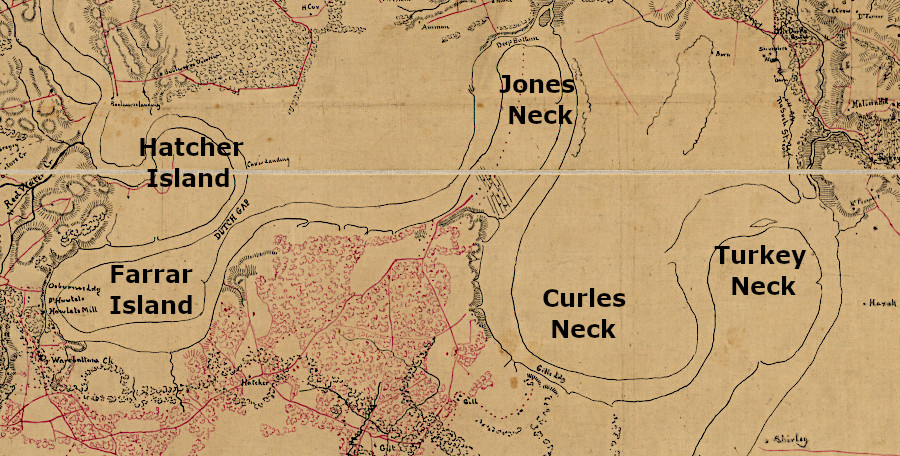
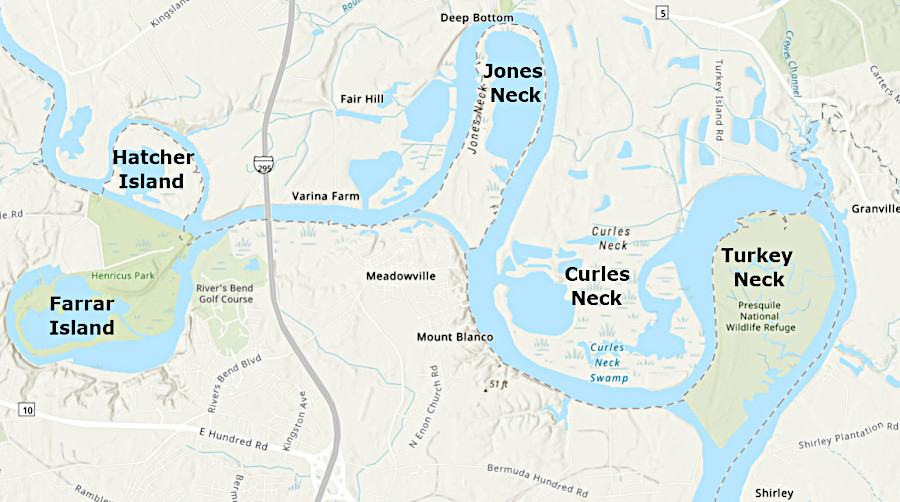
ships had to navigate around multiple bends in the James River before canals were cut through them after the Civil War
Source: Library of Congress, Map of part of Henrico and Chesterfield Counties, July 12th, 1862 (by Albert H. Campbell, ~1862); ESRI, ArcGIS Online
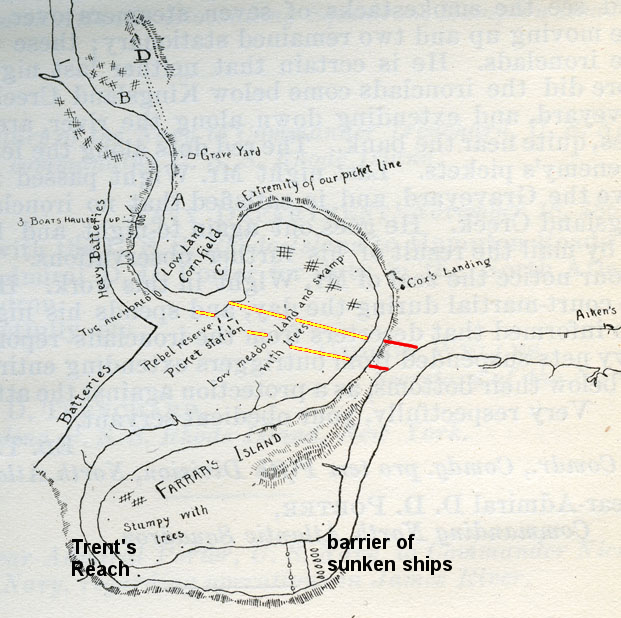
in 1865 Union troops cut Dutch Gap Canal (red lines) through one bend in the James River in 1864, but the 1878 canal cut through two bends
Source: Virginia Department of Historic Resources, The Richmond Ironclads at Trent's Reach, James River
Opening the Dutch Gap Canal caused the Bright Hope Railway (later known as the Farmville and Powhatan Railroad) to replace its wharf on the James River upstream of the canal. The railroad, which shipped primarily coal mined in Chesterfield County, built a new wharf at Bermuda Hundred downstream from the canal. Though the canal enabled ships to move faster within the James River, it did not deepen the shipping channel. The new location at Bermuda Hundred had deeper water which could accommodate larger ships.
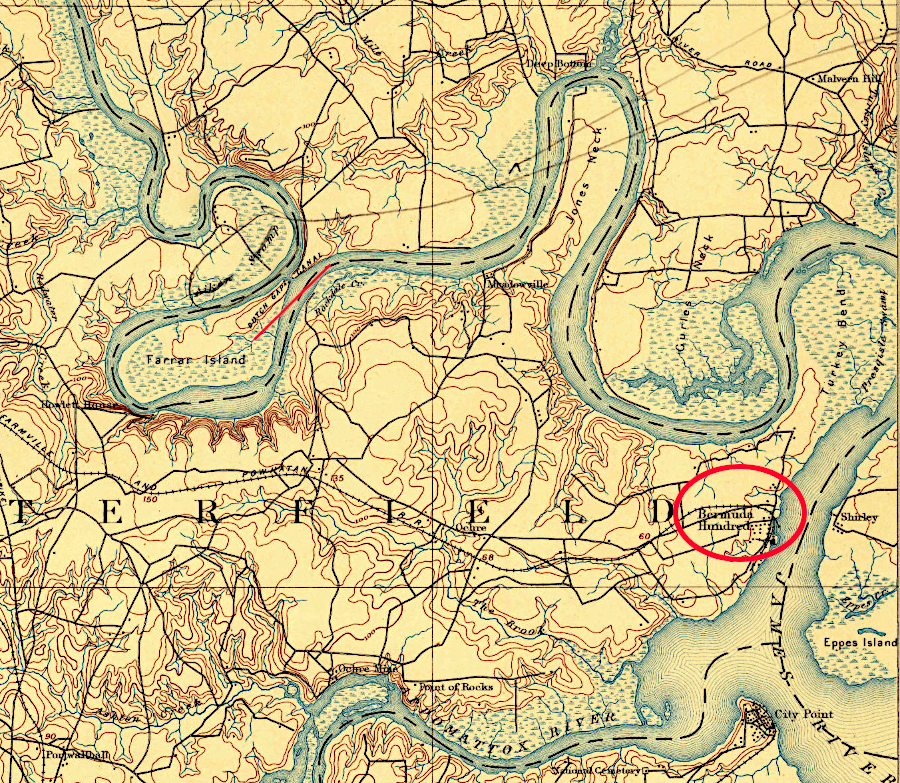
the Bright Hope Railway/Farmville and Powhatan Railroad built a new wharf at Bermuda Hundred after the Dutch Gap Canal was completed, to access deeper water
Source: US Geological Survey USGS), Bermuda Hundred VA 1:62,500 topographic quadrangle (1894)
The US Army Corps of Engineers, through the James River Federal Navigation Project, maintains a 91-mile long shipping channel in the James River. From Norfolk to Hopewell, the channel is dredged to stay at least 25 feet deep and 300 feet wide. From Hopewell upstream to Deepwater Terminal, the channel is still 25 feet deep but only 200 feet wide. The segment from Deepwater Terminal to Richmond is kept at 18 feet deep and 200 feet wide, with a turning basin maintained at Richmond Lock.10
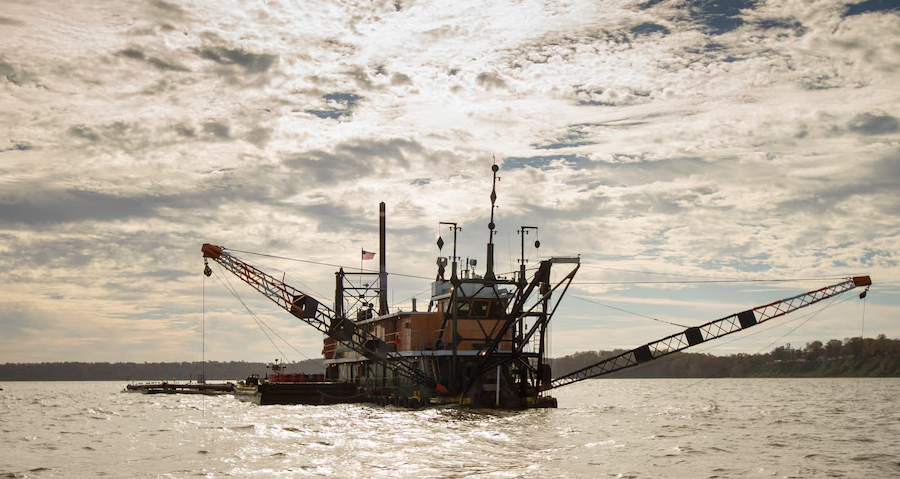
the US Army Corps of Engineers maintains a 25 foot deep, 300 foot wide channel through Dutch Gap today
Source: US Army Corps of Engineers, James River Federal Navigation Project
The canal has ended up providing at least one positive environmental impact, as well as a shorter trip for ships traveling to and from Richmond. At Dutch Gap the James River now has a deep and gravelly bottom; the site has become one of the best sturgeon spawning areas on the James River.11
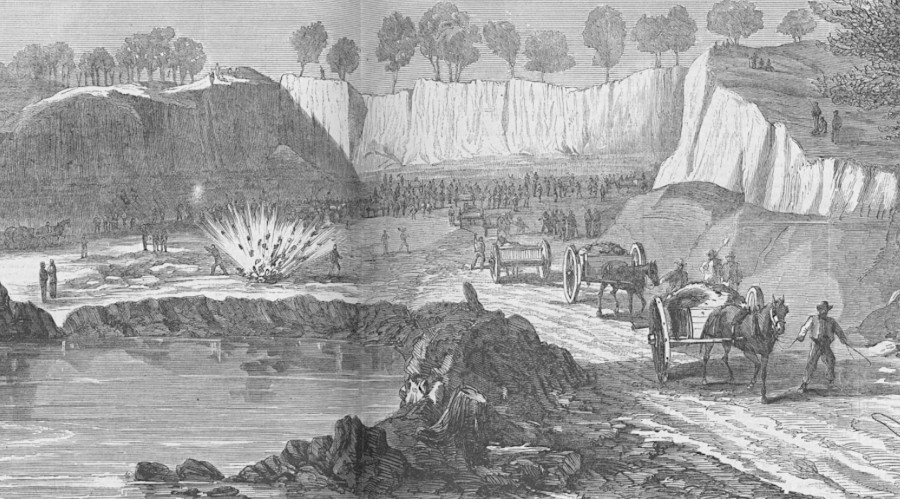
digging the Dutch Gap Canal was a physically-exhausting job
Source: HathiTrust, Harper's Weekly, General Butler's Canal At Dutch Gap (November 5, 1864, p.712)
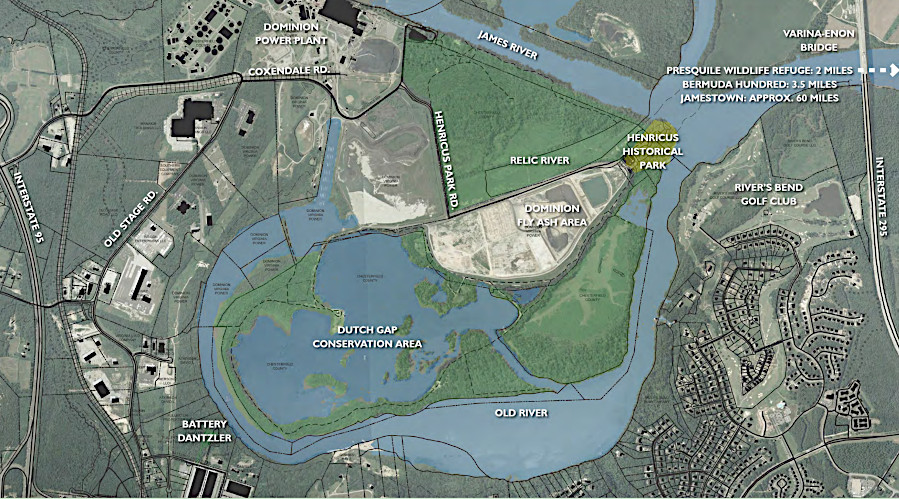
the Dutch Gap Canal may have destroyed the site of Henricus, which lasted from 1611-1622
Source: Chesterfield County Parks and Recreation, Henricus Historical Park Master Plan
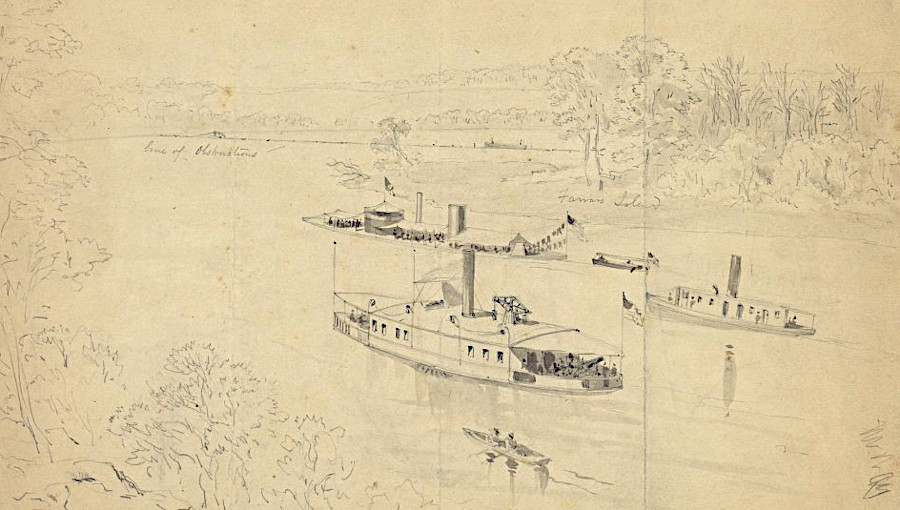
Confederates sank ships in the channel at Farrars Island to block the Union Navy from reaching Richmond
Source: Library of Congress, View of the bend in the James river round Farrars Island above Dutch Gap showing the obstructions sunk by Admiral Lee (by Alfred R. Waud, August 1864)
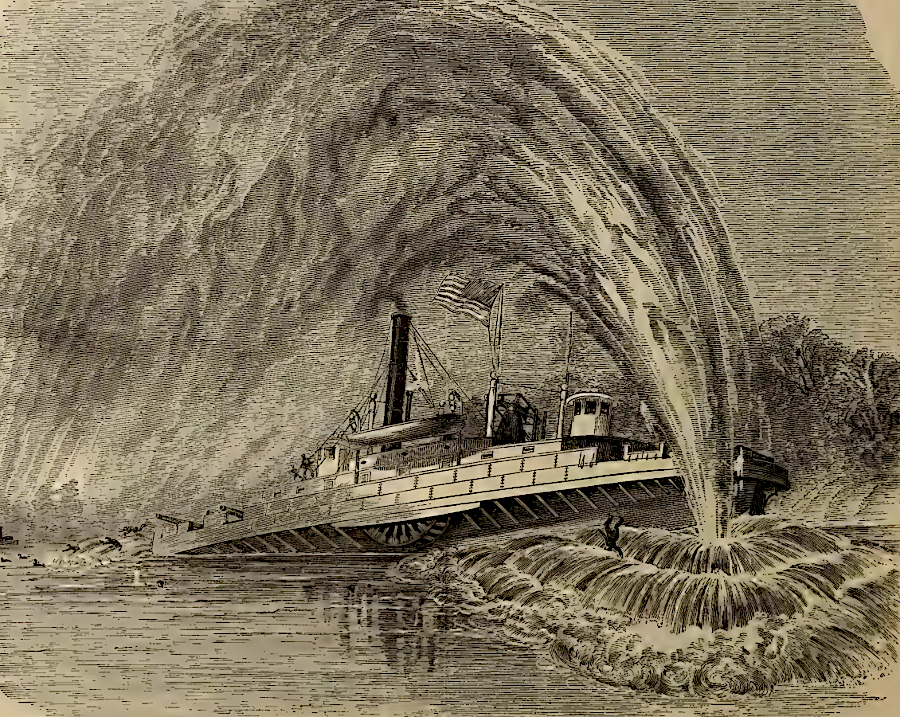
Confederates blocked the Union Navy from steaming up the James River using artillery on the shoreline, sunken ships, and torpedoes in the water
Source: Frank Leslie's Illustrated Famous Leaders and Battle Scenes of the Civil War, Virginia - Dutch Gap Canal (1933 or earlier)
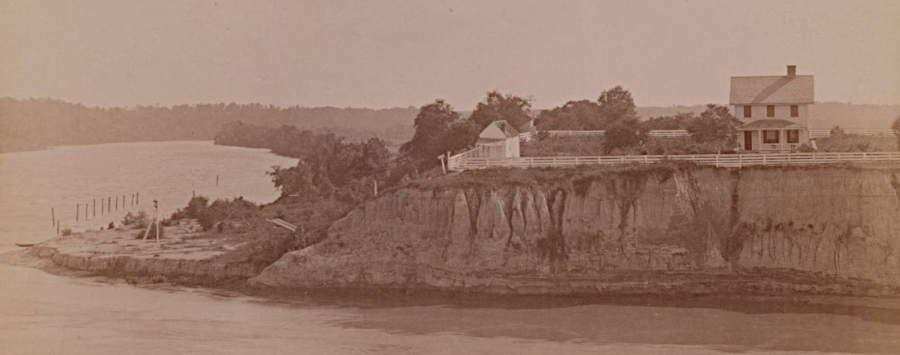
Dutch Gap Canal
Source: National Archives, The War In Virginia - Explosion of a Torpedo Under the Commodore Barney, on James River, August 4th, 1863 (p.434)
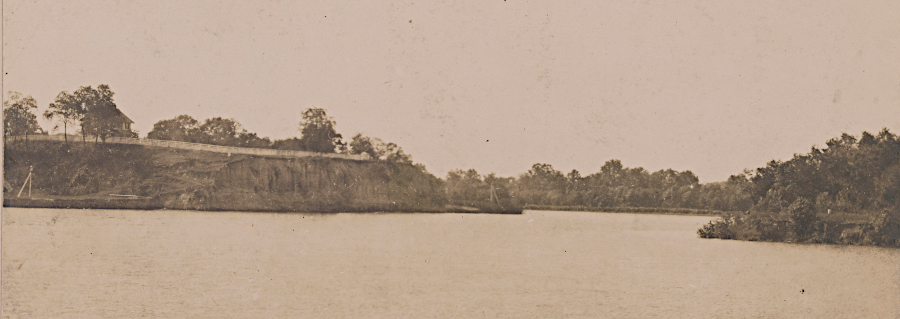
view from James River of Dutch Gap Canal
Source: National Archives, Virginia - Dutch Gap Canal (1933 or earlier)